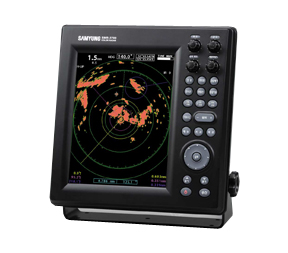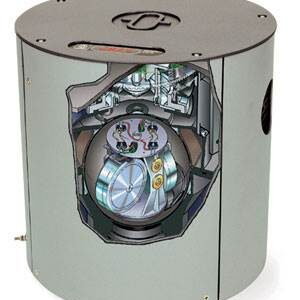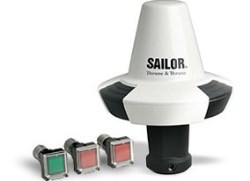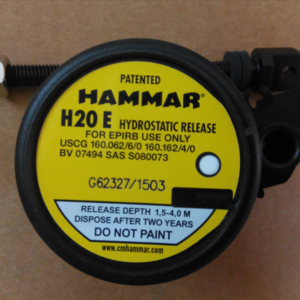Features
• Superior ability to display closed range targets.
• Able to interface with AIS and target display.
• Able to Zoom-In the special target area for use’s selection.
• Able to choose brightness of color in 10 levels for navigation at night.
• Can choose the screen color within white, yellow, green.
• Adopted 8 directions key to make cursor move with speed.
• Can set up the range in many ways the user needed.
• Intermittent Tx mode : can operate with low electric consumption.
• Can move screen center point and observe the long distance of the desired direction.
• Display parallel line : Can maintain certain distance between other vessel.
• Setting-up warning zone for invasion and separation in various method
Specifications
▶ ANTENNA
• Type : dome-type antenna
• Output power : 4KW
• Tx frequency : 9410±30MHz
• Revolution : approx. 24rpm
• Beam width : Horizontal 4.0° / Vertical 25°
• Synchronism method : Automatic / Manual switch over
• Operation temperature : -25℃~+55℃
• Relative humidity : 35% ~ 95%
• Relative wind velocity : 51.5 m/sec(100 Knots)
▶ DISPLAY UNIT
• Display unit : 10.4Color VGA TFT LCD, Vertical display
• Resolution : 640×480
• Indication type : scan type
• Distance range : 0.0625, 0.125, 0.25, 0.5, 0.75, 1, 1.5, 2, 3, 6, 12, 24, 36nm
• Minimum distance : within 25m
• Azimuth accuracy : within ± 1°
• Azimuth resolving power : 4.2°
• VRM : .000 ~ 64 NM display in digital
• EBL : 000°~ 359° display in digital
• Indication of bow : electronic type
• Display mode : head-up, north-up, course-up
• Operation temperature : -15℃ ~ +55℃
• Pre-heat time : approx. 90 sec.
• Input data : NMEA 0183(2port), AIS(RS-422)
• Consumption power : 60W
• Power supply : DC +10V ~ +36V





There are no reviews yet.